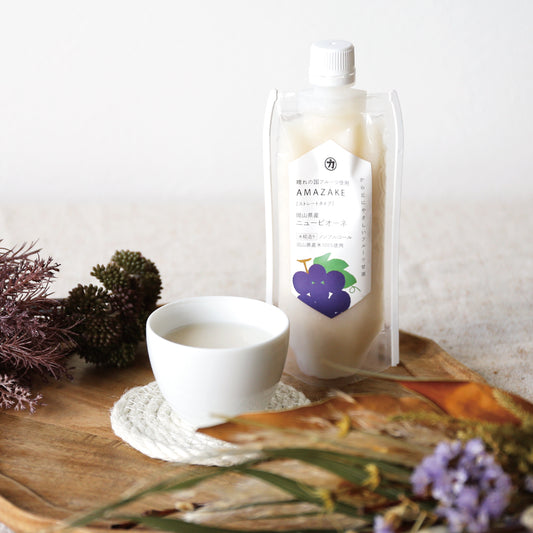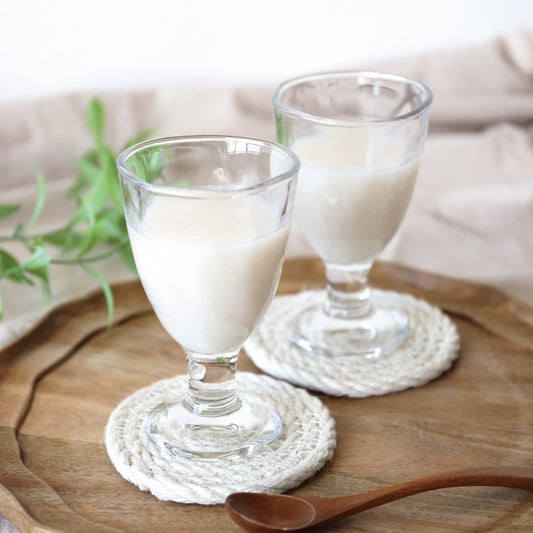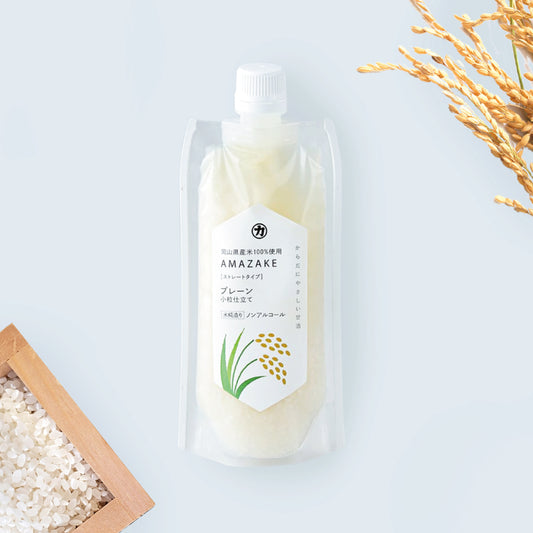When it comes to drinks on Hinamatsuri, the first thing that comes to mind is "amazake," but why did we start drinking it?
In fact, originally, the custom on the Girls' Festival was to serve "Toukashu," made by soaking peach petals in sake, rather than Amazake.
Peaches are said to have the power to ward off evil spirits, and are used in various Shinto rituals. The "Peach Festival" was originally a celebration to protect children from evil spirits, which were easily absorbed during the change of seasons.
Also, peaches are said to be a tree of immortality and longevity that can lead to life to 100 years, and so they were considered to be auspicious. This custom was imbued with the wish for longevity.
Peach blossom wine did not catch on widely, and instead, from around the middle of the Edo period, "white sake" made by steaming rice and koji in mirin, adding shochu and aging it became popular. However, white sake, which has a high alcohol content, is not suitable for children.
So "Koji Amazake," which is non-alcoholic and easy to drink, became the drink of choice for children on Hinamatsuri. Nutritious "Amazake" is the perfect drink for the Girls' Festival, which is a celebration of prayers for children's health and growth.
If your child doesn't like sweet sake...
The appeal of "amazake" is the wide variety of recipe variations available.










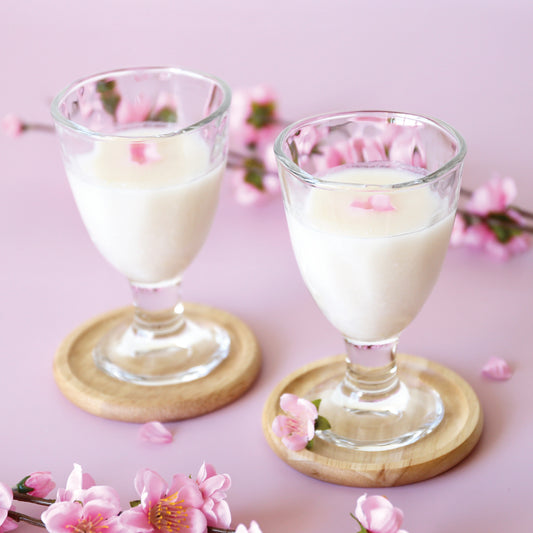
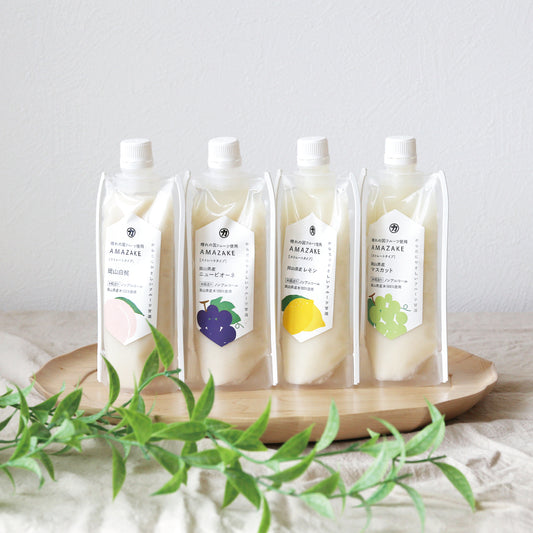
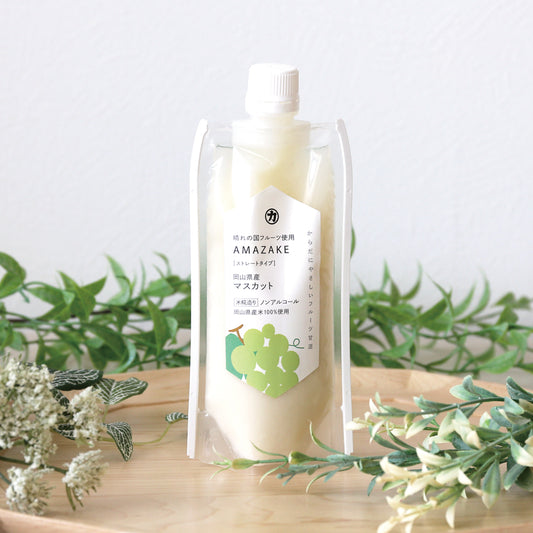
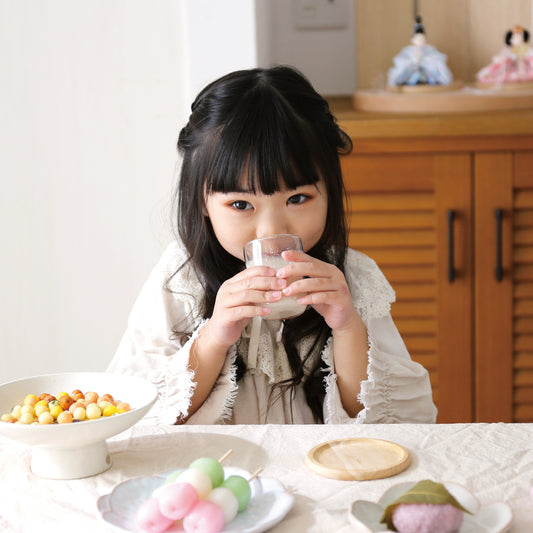














![[PucaStyle] HAREGI rabbit](http://hare-kura.com/cdn/shop/files/10_549aa4b7-478a-4713-95b4-3c87b5f90b8f.png?v=1704939822&width=533)
![[PucaStyle] HAREGI rabbit](http://hare-kura.com/cdn/shop/files/03_801ee304-9707-484d-9356-b74f8f0b0798.jpg?v=1704939822&width=533)
